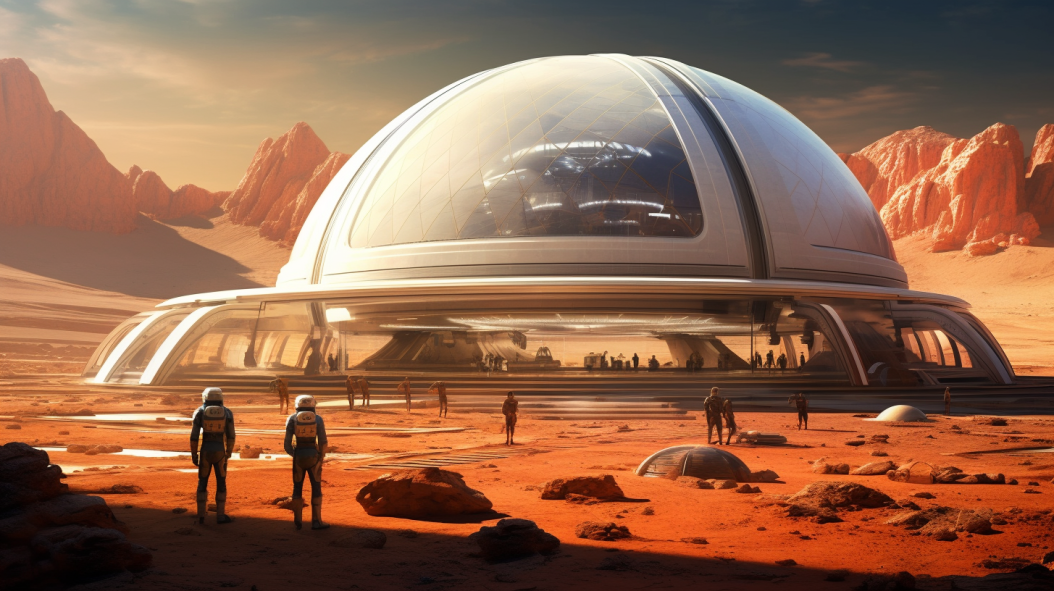What If We Never Stopped After Apollo? Imagining Solar System Colonization

The Apollo program, which landed humans on the Moon for the first time, stands as one of humanity’s greatest achievements. But what if we never stopped after Apollo? What if budgetary constraints were never an issue, and the momentum of the space race continued unabated? In this blog post, we’ll explore the possibilities of solar system colonization, diving into great detail for each consideration.
1. Continuation of Moon Exploration
Permanent Lunar Bases
Had the Apollo program continued, we might have seen the establishment of permanent bases on the Moon. These bases could serve as research stations, allowing scientists to study lunar geology, astronomy, and the effects of long-term habitation in space.
Economic Opportunities
The Moon’s resources, such as Helium-3, could have been mined for energy production on Earth. This might have led to a new lunar economy, with companies investing in mining operations and transportation between the Earth and the Moon.
Technological Advancements
The need for sustainable living on the Moon would have driven innovations in life support systems, energy production, and habitat construction. These advancements could have applications on Earth, such as in renewable energy and environmental conservation.
2. Mars Missions
Manned Missions to Mars
Building on the experience of lunar missions, manned missions to Mars could have become a reality by the early 21st century. These missions might involve extended stays, allowing for detailed exploration and the possibility of establishing a permanent presence.
Terraforming Efforts
Long-term colonization of Mars might involve terraforming, or altering the planet’s environment to make it more Earth-like. This could include introducing plants to produce oxygen, melting the polar ice caps to create water, and building atmospheric generators.
Cultural Impact
The colonization of Mars would undoubtedly have a profound cultural impact, inspiring new generations of scientists, engineers, and ordinary citizens. It might also raise philosophical questions about humanity’s place in the universe and our responsibilities as interplanetary beings.
3. Asteroid Mining and Outer Planet Exploration
Exploration of the Outer Planets
With the technology and experience gained from Moon and Mars missions, exploration of the outer planets and their moons might have been possible. Robotic missions to places like Jupiter’s moon Europa could search for signs of life, while manned missions to Saturn’s moon Titan might explore its unique weather and geological features.
Asteroid Mining
The vast number of asteroids in our solar system contains valuable minerals and metals. Mining operations could provide resources for Earth’s industries and fuel for space missions. This might create a new frontier for economic growth and technological innovation.
4. International Collaboration
Global Partnerships
A sustained effort in space exploration might lead to more international collaboration. Countries could pool resources, share expertise, and work together on common goals. This collaboration might foster peace and cooperation on Earth, as nations unite to explore the cosmos.
Legal and Ethical Considerations
International collaboration would require agreements on legal and ethical issues, such as ownership of extraterrestrial resources, environmental protection, and the rights of individuals in space. These agreements might set precedents for how humanity governs itself in an interplanetary era.
Conclusion
The continuation of the Apollo program could have opened doors to a future where humanity is not confined to Earth. From permanent lunar bases to the colonization of Mars, from asteroid mining to exploration of the outer planets, the possibilities are vast and inspiring.
While we can only speculate on what might have been, the dream of solar system colonization continues to inspire us. As technology advances and international collaboration grows, the vision of humanity as a spacefaring civilization may yet become a reality.